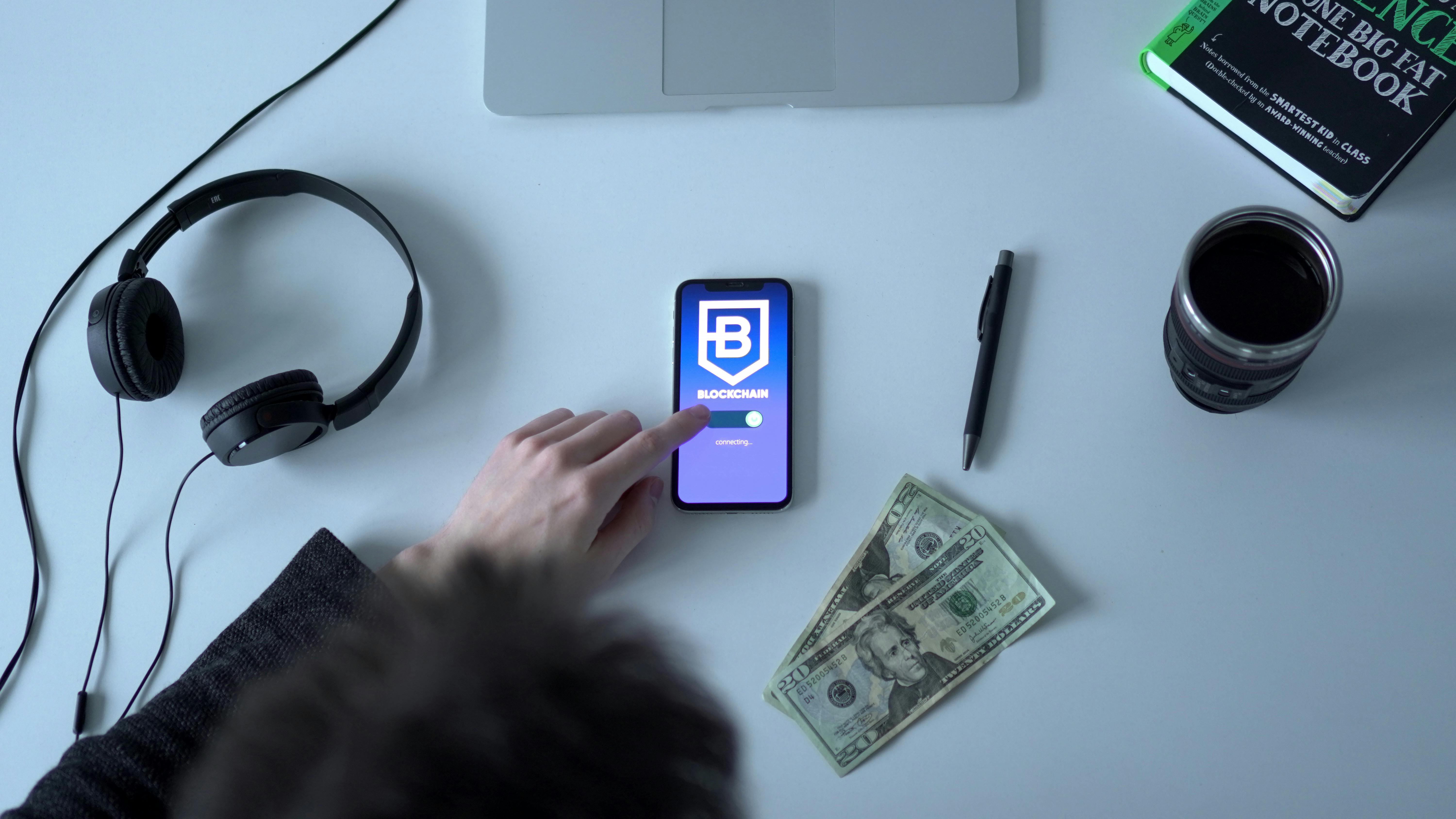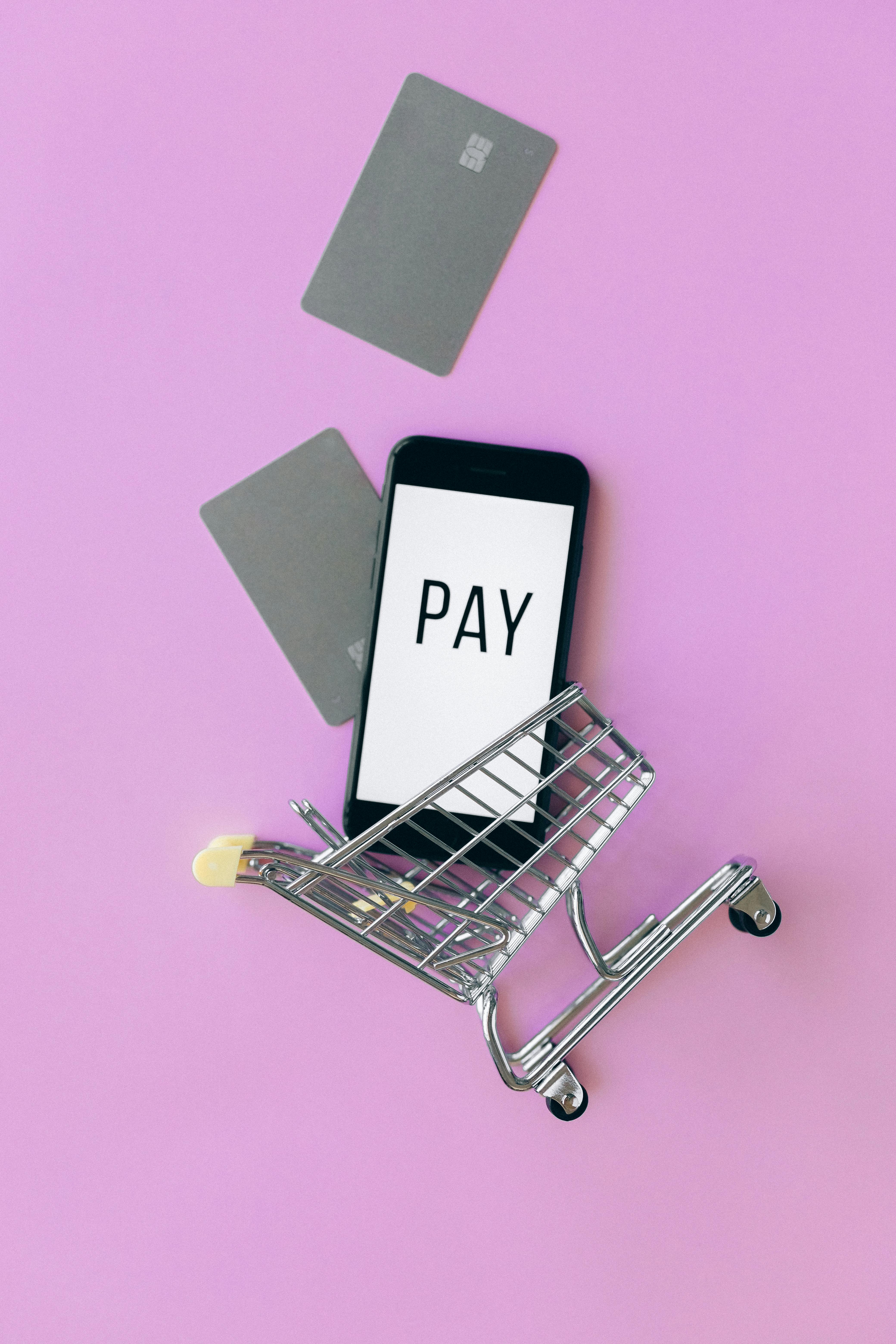
Understanding the Importance of "How Are You?" in 2025
As we step into 2025, the importance of communication remains paramount in our daily lives. One of the most common phrases exchanged in social interactions is "How are you?" This seemingly simple greeting carries a wealth of meaning, revealing the cultural context, personal connections, and emotional intelligence present in our conversations. Understanding how to answer "How are you?" effectively can lead to more enriching social engagements and relationships.
Whether you’re in a casual setting with friends or at a formal gathering, the response you choose can set the tone for the interaction. Furthermore, demonstrating genuine interest in others can strengthen bonds and foster rapport. By mastering responses to greetings, individuals can navigate both familiar and new social landscapes with confidence, making a lasting impression.
This article will explore various ways to respond to "How are you?" in different contexts, from casual to formal settings. We will highlight effective communication strategies, the art of small talk, and how showing genuine interest in others can enhance your conversational skills. By the end, you’ll be equipped with engaging replies and techniques for making your interactions more meaningful.
Key takeaways will include tips on using humor, expressing honesty, sharing personal feelings, and asking follow-up questions to keep the conversation flowing. Let’s dive into the world of greetings and improve our social interaction skills together!
Effective Ways to Respond to "How Are You?"
Building on the fundamentals of greetings, let’s delve into some effective ways to respond to "How are you?" that create a positive impression. Choosing the right response depends heavily on the context and your relationship with the person asking.
Casual Replies That Promote Conversation
In casual settings, particularly among friends or acquaintances, the expectation is often to reply in a light-hearted manner. A simple "I’m great, thanks! How about you?" demonstrates a willingness to engage in small talk. It shifts the focus back onto the other person, encouraging a more dynamic conversation.
Another popular option is to inject some humor into your response, such as "Doing as fabulous as ever! You know me!" This not only makes the interaction enjoyable but also builds a friendly atmosphere for further dialogue.
Using these casual replies helps in establishing rapport, especially if you share a laugh or a relatable story following your reply, which leads to a naturally flowing conversation.
Formal Responses for Professional Environments
When responding to "How are you?" in a professional context, your reply should reflect a level of formality that matches the situation. A response like "I’m doing well, thank you for asking. How are you today?" keeps the interaction polite and respectful.
In formal settings, avoid overly casual phrases or jokes, which may not be deemed appropriate. Instead, maintain professionalism while still showing warmth in your tone to foster a friendly environment. For instance, follow up with a question about ongoing projects or work life can lead to a productive conversation.
Using structured responses in formal situations can reinforce your credibility and enhance your ability to build professional relationships.
Showing Genuine Interest in Others
Following the concept of effective responses, it is crucial to highlight the importance of showing genuine interest when responding to greetings. This approach can significantly enhance conversational dynamics and help in building deeper relationships.
Asking Questions in Reply
One excellent way to show interest is by following up for more information. After answering "How are you?", consider adding a question such as, “What about you? How have things been for you lately?” This demonstrates that you value the other person's experiences, promoting a two-sided conversation.
Encouraging others to share their thoughts not only enriches the interaction but also showcases your active listening skills. When people feel heard, the connection grows stronger, paving the way for more engaging discussions. Avoiding one-word answers and instead saying more than just "fine" not only helps in avoiding social superficiality but also opens up paths to deeper conversations.
Sharing Personal Feelings and Experiences
Expressing vulnerability is another great way to enhance connections. Instead of sticking to generic responses, share a personal experience or feeling related to your current state. For instance, saying, "I had a challenging week, but I'm feeling optimistic about the next one!" can encourage others to relate and share their own experiences.
Being open and honest in your responses fosters trust and portrays you as approachable. Additionally, this type of engagement creates opportunities for authentic connections and meaningful dialogue.
Using Humor and Creativity in Responses
Transitioning from traditional replies to more engaging exchanges, humor can be a powerful tool in communication. Responding with wit can lighten the mood, making a lasting impression.
Humor as an Engaging Tool
Humorous responses, like "Better now that you’re here!" or “I’m on a rollercoaster of emotions, but mainly happy!” can evoke laughter and create a welcoming atmosphere. Humor not only eases social interactions but also leaves a mark, helping people to remember you in a positive light.
However, be mindful of your audience and the situation, as not everyone will appreciate or understand humor in the same way. Ensure that your jokes are appropriate for the context to strengthen social bonds without making anyone uncomfortable.
Unique Ways to Reply to Keep Conversations Fresh
Try thinking outside the box! Responses like, “I’m currently a masterpiece in progress!” convey creativity and can lead to intriguing follow-up discussions. This uniqueness can make you stand out in someone's memory, reinforcing your interpersonal skills.
Moreover, each new reply can serve as a conversation starter, leading to engaging stories and further exploration of shared interests. Be bold and playful with your responses, and watch how it invigorates the conversation.
Polite and Engaging Responses to Small Talk
As we further explore responses to "How are you?", it’s essential to focus on small talk, which can often lead to significant social interactions. Polite, engaging replies can facilitate these interactions and make the conversation flow smoothly.
Engaging in Dialogue through Positive Responses
When someone asks how you are, respond positively to set a friendly tone. Instead of simply saying "good," expand your answers, such as "I’m doing well, I just got back from a lovely trip!" Sharing positive anecdotes shows that you're willing to engage and would likely invite reciprocal sharing from your conversation partner.
Using phrases like "It’s a beautiful day, isn't it?" can anchor the dialogue in shared experiences and feelings, nurturing deeper connections and enhancing conversation comfort.
Fostering Connections through Empathy
Employing empathy in your responses can significantly impact how conversations unfold. When responding, consider phrases such as, "I hope you’ve had a nice week as well," which reflects care and encourages others to share their experiences more fully.
Being attuned to others' emotions and responses creates an inviting atmosphere for dialogue, making both parties feel valued and understood. This mutual respect solidifies communication and paves the way for long-term relationships.
Closing Thoughts on Responding to "How Are You?"
In conclusion, mastering the art of responding to "How are you?" involves a blend of effective communication strategies, showing genuine interest, and creating engaging dialogues. With the advancements in 2025, individuals must adapt their approaches to fit both personal and professional environments, enhancing their social interaction skills.
Using humor, actively listening, asking questions, and sharing personal insights can transform simple greetings into meaningful connections. By practicing these techniques, you can make every greeting a pathway to deeper understanding and rapport. Explore the nuances of greetings and learn how to maintain engaging conversations, offering opportunities for friendship and partnership in an ever-evolving social landscape.

